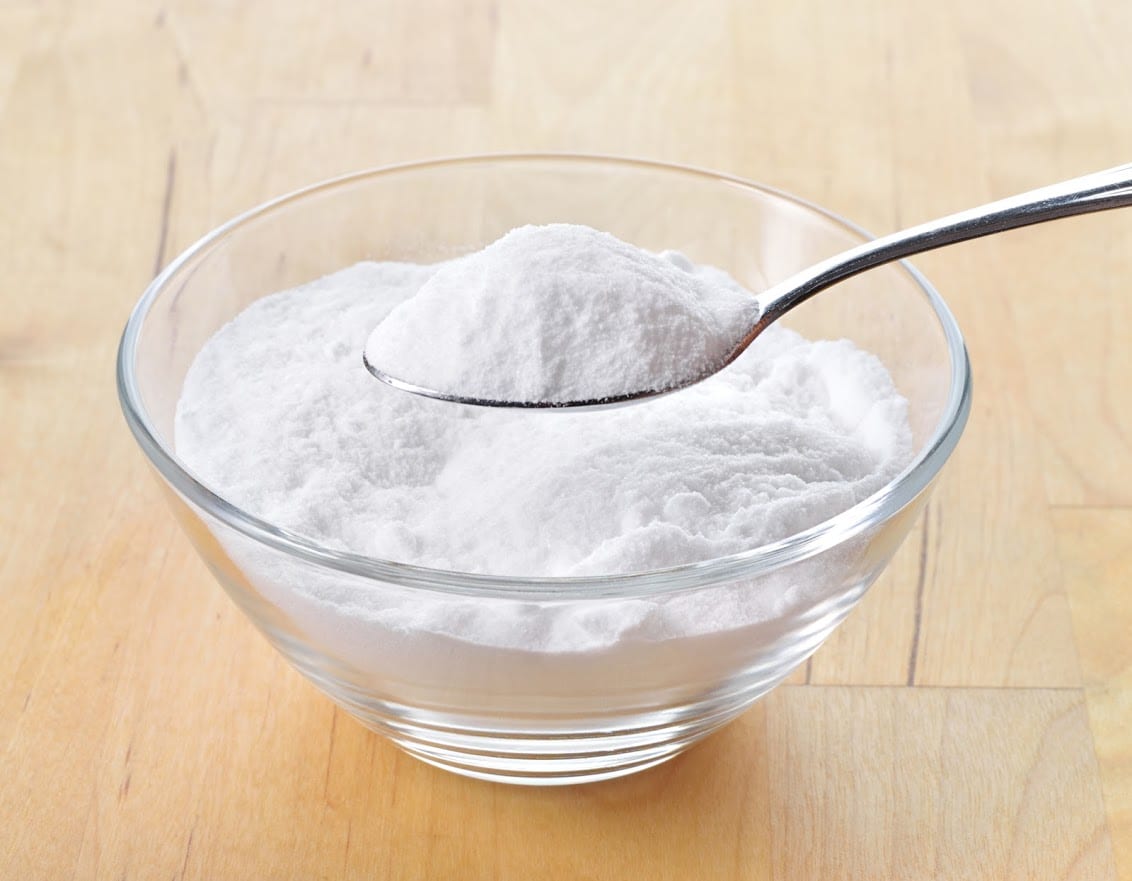The Evolution of Sugar in Your Mouth

Parents, teachers, and health professionals always preach the dangers of too much sugar exposure to your mouth, but you can just go beyond the lecture and advice. When you fully understand the science and evolution of sugar on your teeth, you will know why it’s important to keep your clean and regulate the amount of sugar you consume.
Follow the evolution of sugar exposure on your teeth and learn about the dental treatments needed to reduce the effects of sugar.
Sugar & Bacteria
While many people say that “sugar rots your teeth”, the process is a little more complicated and has to do with the composition of the human mouth. When you expose your mouth to sugar, bacteria in your saliva begins to feed off the sugar, creating a sticky residue and film.
The more sugar you expose to your mouth, the more the bacteria will feed. This is why it’s important to brush, mouth wash, and floss multiple times a day. If the residue is not washed away, the bacteria continues to feed and eventually forms plaque. Even hours after you’re done eating, the bacteria can continue to feed off small molecules of sugar.
Plaque Formation
If you’ve ever felt a slight film over your teeth, it’s likely the early formation of plaque. Plaque is sticky and typically clear but may appear yellowish after sticking to the teeth for a while. Some people are prone to more bacteria in their mouths. When more bacteria is present, the plaque will occur at a much more rapid pace.
Eventually, plaque can form an acid that wears away at your teeth. Acid is the biggest threat to the enamel on your teeth. Enamel is the layer of protective material on your teeth that prevents cavities and will help fight tooth decay. When the acids formed from plaque break down the enamel, you may suffer from long-term damage and toothaches.
Plaque Transformation
The plaque doesn’t just break down the enamel in your mouth. If plaque is not properly removed, it will begin to transform in your mouth. As plaque hardens, it will form into tartar. While the phrases plaque and tartar are often used to mean the same thing, tartar is the next step in the process.
Tartar is a hard formed calculus that sits on your teeth and between the teeth in hard to reach places. Even though the tartar is hardened, it is essentially a living bacteria that has become stronger and harder to remove. When plaque has reached the tartar stage, professional dental tools are often used to chip away and scrap off bits of tartar.
Tartar Build-Up & Growth
As a living bacteria, you don’t need to have more sugar for tartar to grow. Bacteria can reproduce and excrete small bits of waste, and tartar will slowly expand inside your mouth without proper dental treatment. This is why dentist cleanings are recommended multiple times a year for mouths more prone to bacteria.
During an initial examination, a dentist will see the make-p of your mouth and can tell if you’re more prone to plaque, tartar, and bacteria. Based on initial visits, you can determine the annual schedule of dental cleanings needed.
Gum Diseases
As tartar builds and grows, the bacteria needs to go somewhere and your gums will often become the chosen target. When bacteria invades the gums, your mouth will become prone to infections and diseases like gingivitis. Your gums may swell up and you may open up pockets in the gums where food and sugars can get stuck inside.
If the sugar has evolved into gum diseases, then you need to see a dentist as soon as possible so the infection doesn’t spread and cause problems for the root of your teeth.
Don’t let a little sugar turn into major problems. Contact us at Accent Dental for comprehensive oral care. We can guide you through the whole cleaning process and ensure you retain a healthy smile for years to ch2

